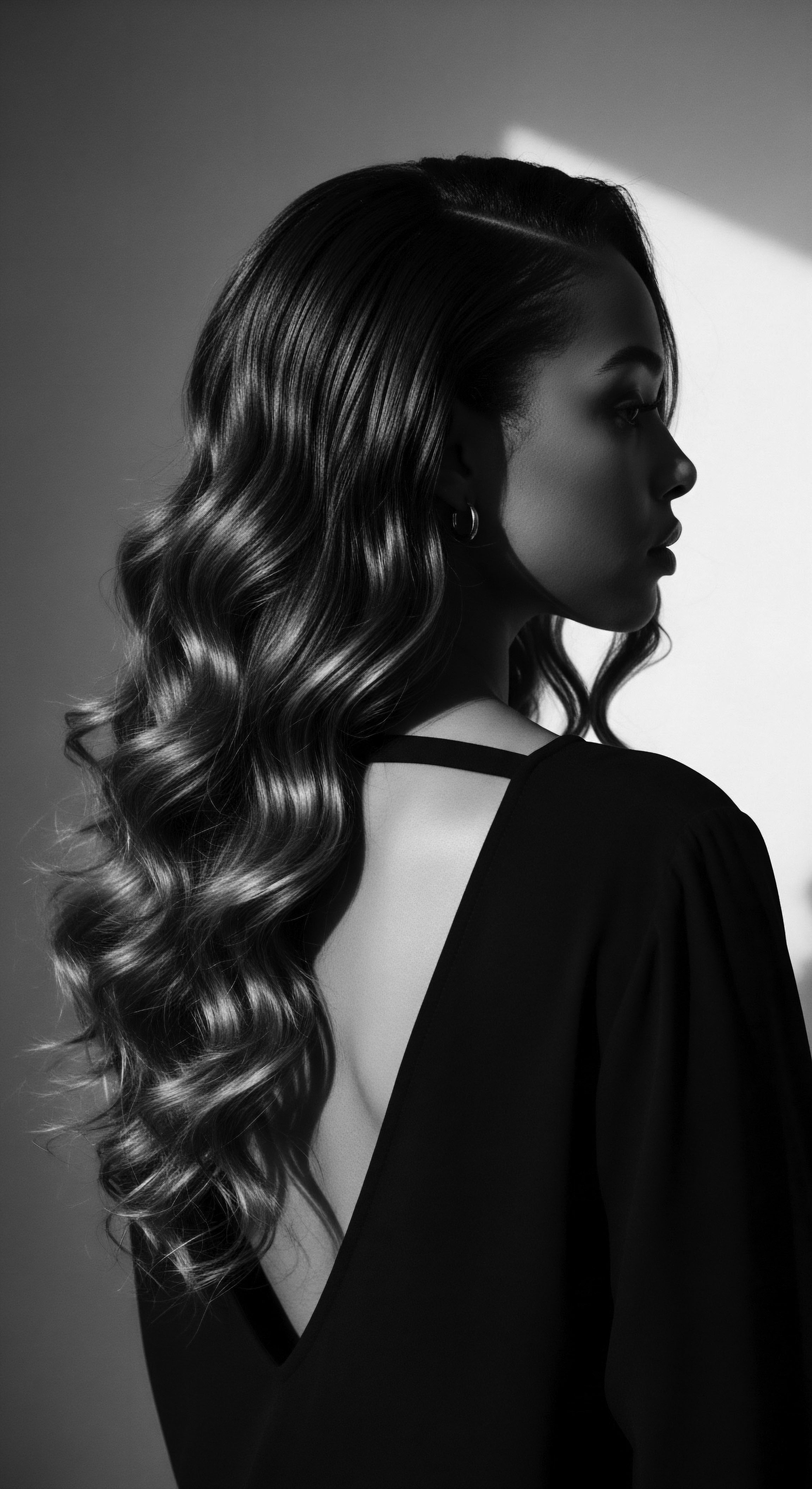
Fundamentals
The essence of Textured Hair Norms lies in understanding the inherent characteristics and cultural significance of hair that grows with natural curl, coil, or wave patterns. This term, at its core, encompasses the collective knowledge, practices, and societal expectations surrounding the care, styling, and perception of textured hair, particularly within Black and mixed-race communities. It speaks to a profound connection to ancestral heritage, where hair has long served as a vital form of expression and identity.
From a foundational perspective, textured hair, often referred to as afro-textured, kinky, coily, or curly hair, possesses unique structural properties. Its strands typically grow from oval or elliptical follicles, which cause the hair to twist and coil as it emerges from the scalp. This distinct morphology contributes to its volume and often, a greater propensity for dryness due to the difficulty natural oils encounter in traversing the entire length of the strand. Understanding these fundamental biological aspects lays the groundwork for culturally attuned care.
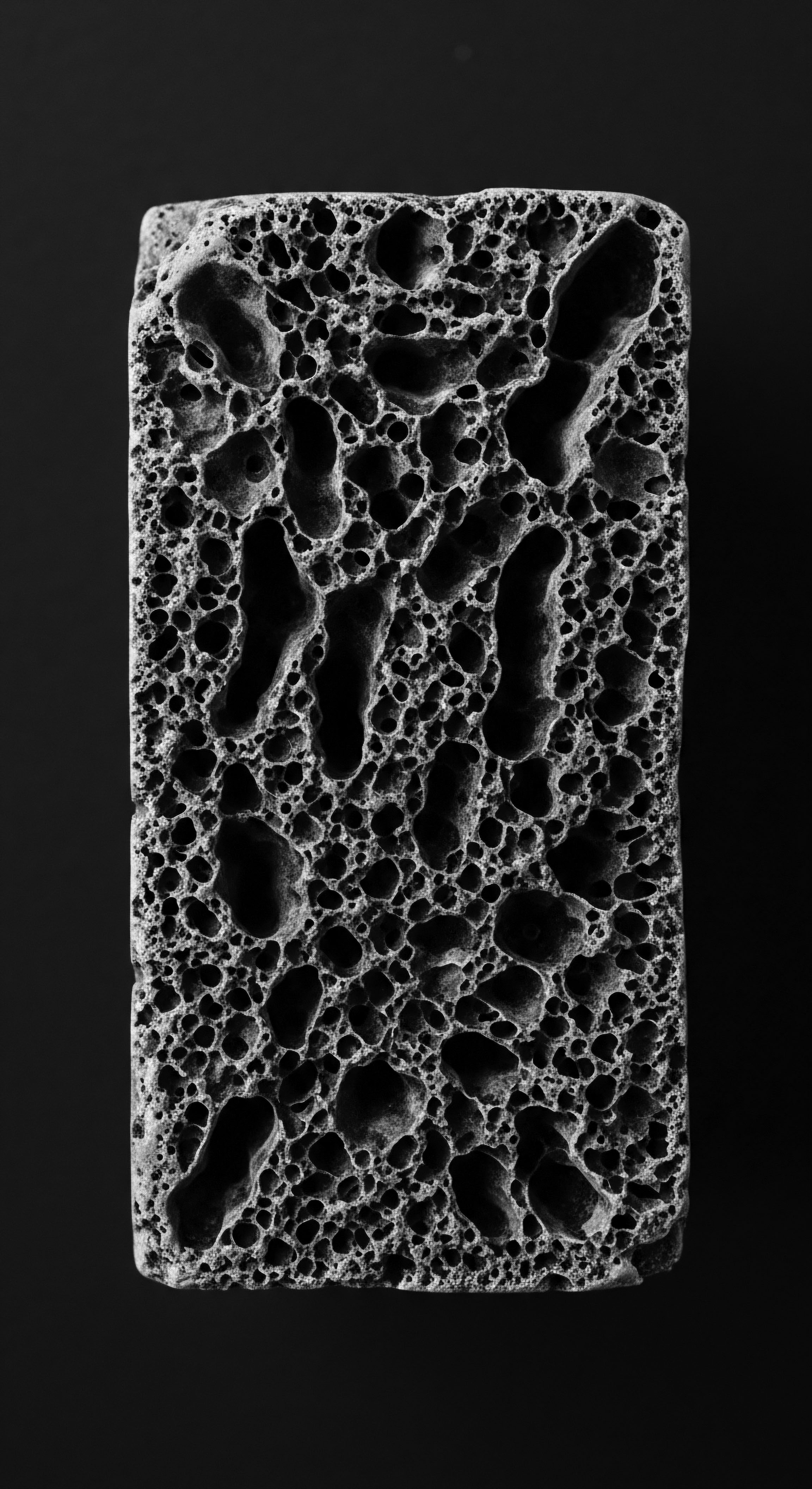
Ancestral Roots of Hair Care
Before the profound dislocations of the transatlantic slave trade, hair care in African societies was a meticulous and revered practice, deeply woven into the fabric of daily life and communal identity. Hairstyles communicated a person’s geographic origin, marital status, age, ethnic identity, religion, wealth, and social standing. Intricate braided styles, often symbolizing fertility and health, were a communal endeavor, taking hours or even days to create, strengthening bonds between family and friends. This rich tradition of collective care and symbolic expression underscores the deep heritage of textured hair.
Textured Hair Norms reflect centuries of wisdom passed down through generations, honoring hair as a living archive of identity and cultural resilience.
Traditional African hair practices incorporated natural ingredients like butters, herbs, and powders for moisture retention and protection from the elements. These practices were not simply aesthetic routines; they represented holistic wellness, connecting individuals to their environment and their lineage. The methods of care were often taught by elder women, ensuring that knowledge of how to nurture and adorn textured hair continued through time.
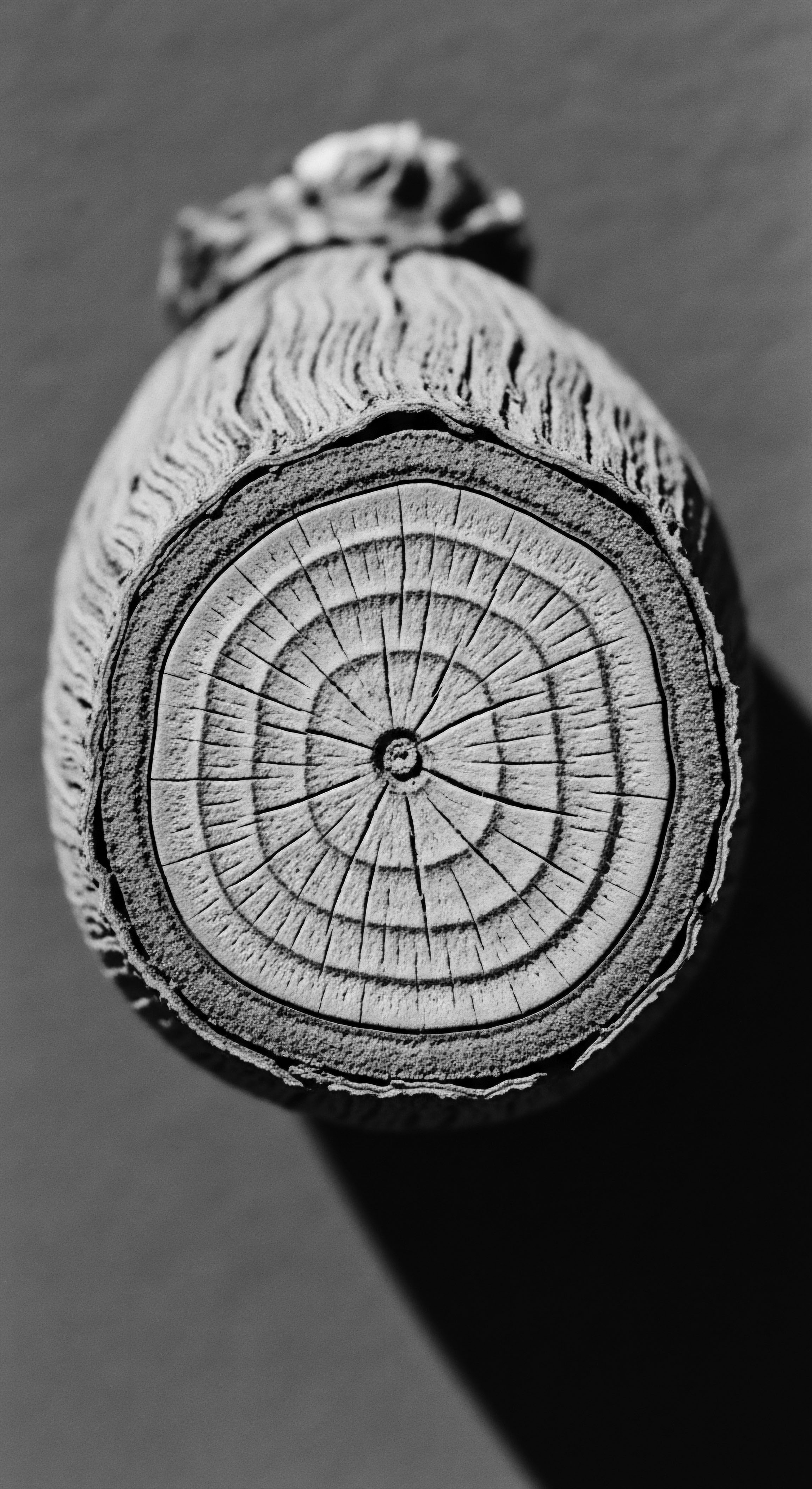
Intermediate
Delving deeper into Textured Hair Norms, we discover a complex interplay of elemental biology, the enduring legacy of ancestral practices, and the profound impact of historical shifts on Black and mixed-race hair experiences. The texture of hair, scientifically speaking, is determined by the shape of the hair follicle and the distribution of disulfide bonds within the keratin protein that forms each strand. Round follicles result in straight hair, while more oval or elliptical follicles yield curly or coily hair, which also tends to have more disulfide bonds, influencing its distinctive coiling.
The journey of textured hair through history is marked by periods of profound respect, forced suppression, and powerful reclamation. During the transatlantic slave trade, the deliberate shaving of hair by captors aimed to strip enslaved Africans of their cultural identity and sever ties to their heritage. This act of dehumanization sought to erase the deep-seated meanings associated with African hair, where hairstyles once conveyed intricate social and spiritual messages.
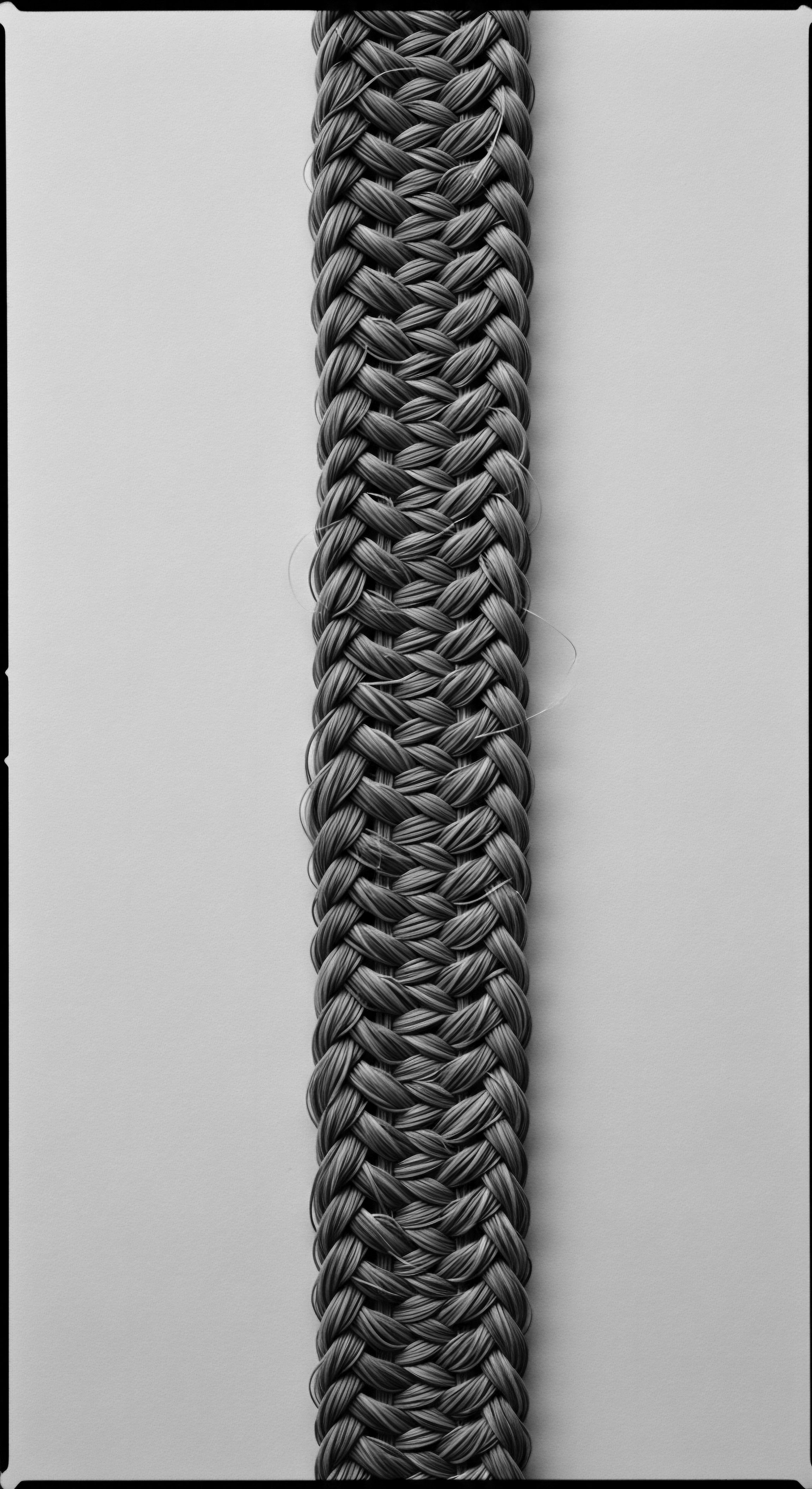
The Legacy of Resistance
Despite oppressive attempts to diminish its significance, textured hair remained a profound symbol of resilience and cultural continuity. An undeniable historical example of this resistance is the Tignon Law of 1786 in Louisiana. Enacted by Governor Esteban Rodríguez Miró, this law mandated that free and enslaved Black women cover their hair with a tignon, a headscarf, in public spaces. The intention was to suppress their perceived luxury and social standing, forcing them into a visible marker of inferiority.
The Tignon Law, intended to suppress the visual expression of Black women, instead became a testament to their vibrant creativity and steadfast spirit.
However, the women of Louisiana transformed this oppressive decree into a powerful act of defiance. They adorned their tignons with vibrant colors, luxurious fabrics, and elaborate wrapping techniques, often incorporating jewels and ribbons. The headwrap, intended as a badge of dishonor, became a statement of distinction and a vibrant expression of their cultural pride. This transformation demonstrates how communities subvert attempts at control, weaving their strength and creativity into the very symbols meant to diminish them.
This historical precedent highlights a recurring theme ❉ the ability of textured hair to serve as a conduit for self-expression and community solidarity, even in the face of systemic adversity. The understanding of Textured Hair Norms, then, extends beyond mere biological description to encompass the complex socio-political landscapes through which this hair has journeyed, always retaining its inherent worth and communicative power.
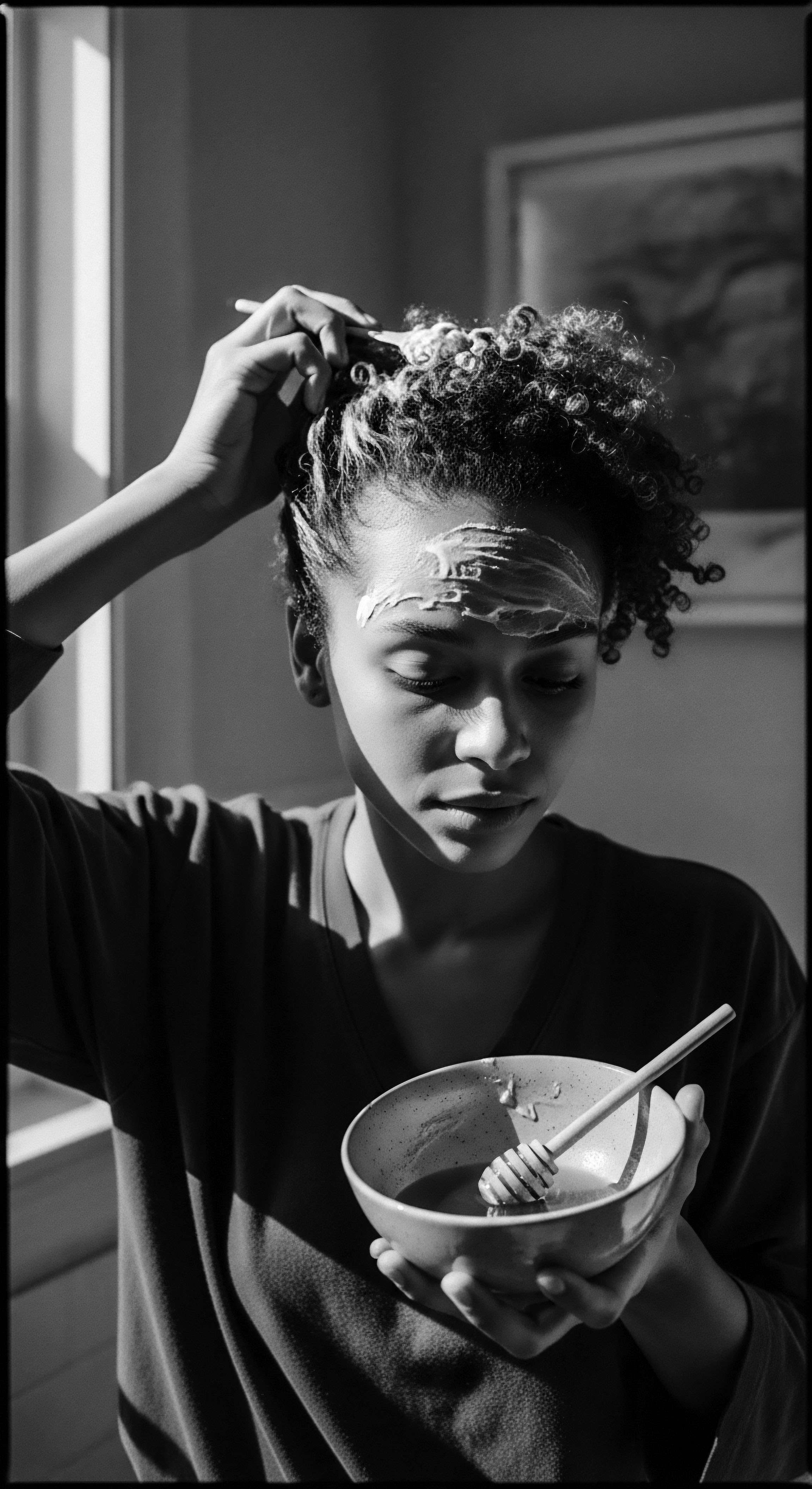
Academic
The comprehensive understanding of Textured Hair Norms necessitates an academic lens, meticulously examining its biological underpinnings, socio-historical trajectories, and profound psychological reverberations. Textured Hair Norms can be precisely delineated as the dynamic constellation of biophysical characteristics inherent to hair follicles that produce discernible curl, coil, or wave patterns, coupled with the evolving cultural, social, and psychological constructs that govern its perception, care, and expression within Black and mixed-race populations. This definition acknowledges the inextricable link between the biological reality of textured hair and the complex human experience of living with it across diverse historical and contemporary contexts.
The structural morphology of textured hair is genetically predetermined, stemming from the unique curvature of the hair follicle. Unlike the largely circular follicles that yield straight hair, textured hair emerges from elliptical or flattened follicles, causing the keratinized shaft to form repeating bends and twists. This helical growth pattern results in strands that are more prone to dryness due to the irregular path that natural scalp oils must navigate.
Furthermore, the greater number and arrangement of disulfide bonds within the keratin proteins of curly and coily hair contribute to its distinct spring and shape. These intrinsic biological properties necessitate specific care regimens that address moisture retention and minimize mechanical stress, often drawing parallels with the deep knowledge held within ancestral practices.
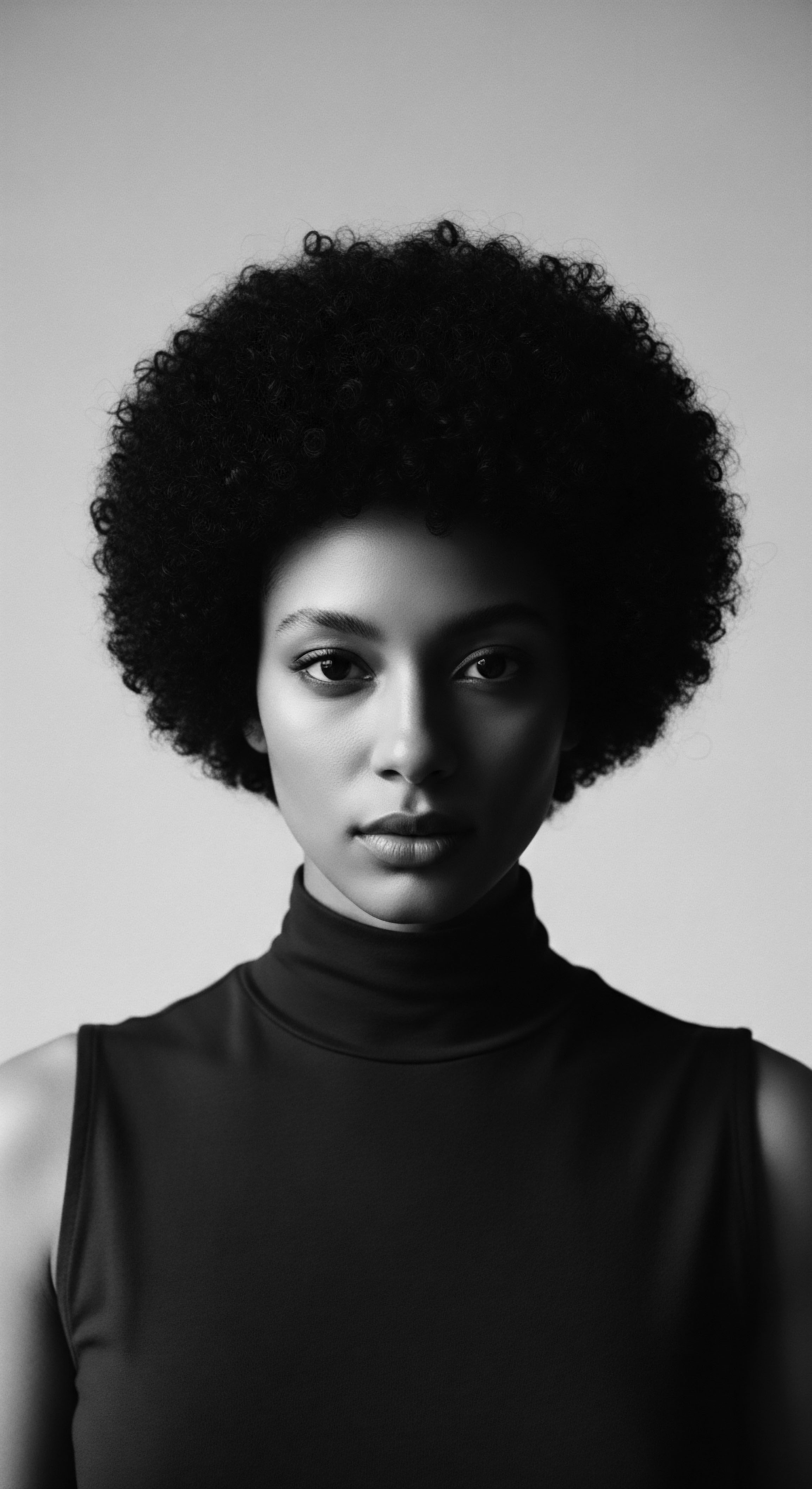
Socio-Historical Trajectories
The historical trajectory of Textured Hair Norms is not linear but cyclical, marked by periods of cultural reverence, systematic denigration, and powerful resurgence. In pre-colonial Africa, hair was a sophisticated medium of communication, signifying status, age, marital state, and tribal lineage. Hairdressers held esteemed positions, their artistry weaving social narratives into intricate styles.
These practices were disrupted by the transatlantic slave trade, where the purposeful removal of hair aimed to strip enslaved individuals of their identity, severing ancestral connections. This period introduced the concept of Texturism, where a hierarchy emerged in which straighter hair was deemed more desirable, leading to internalized beliefs of “good hair” versus “bad hair” within the Black community.
Post-emancipation, the pressure to conform to Eurocentric beauty standards intensified, leading to widespread adoption of chemical straighteners and hot combs, tools designed to alter natural hair textures to achieve a smoother, more “acceptable” appearance. Madam C.J. Walker, a pioneering entrepreneur, built an empire providing hair care solutions that, while often involving straightening, also created economic independence for Black women.
The mid-20th century, particularly with the Civil Rights Movement, saw a profound shift. The Black is Beautiful movement of the 1960s and 1970s marked a powerful political and cultural statement, re-centering Afro-textured hair as a symbol of pride, resistance, and self-acceptance. Hairstyles like the Afro became potent emblems of Black power, challenging dominant beauty standards and fostering a collective embrace of natural identity.
- Afro Comb ❉ Archaeological evidence suggests that variations of the Afro comb, also known as an Afro pick, have existed for thousands of years, with findings in ancient Kush and Kemet dating back 7,000 years. These tools served not only for styling but also as symbols of status and cultural pride, later becoming a political emblem during the Black Power movement.
- Cornrows ❉ Known as ‘canerows’ in some parts of the diaspora, these tightly braided rows were used during slavery as a means of encoding messages, particularly for escape routes, thus functioning as silent maps of resistance.
- Bantu Knots ❉ A traditional African hairstyle featuring small, coiled buns, tracing its origins to the Zulu tribes and other Bantu-speaking communities centuries ago. This style continues to signify cultural pride and representation.

The Psychological Impact of Norms and Reclamation
The psychological implications of Textured Hair Norms are significant, extending to self-perception, identity, and mental well-being. Historically, the continuous denigration of natural Black hair as “unprofessional” or “messy” in various societal spheres—from schools to workplaces—has contributed to internalized racism and negative self-image among Black individuals. Research indicates that Black women, in particular, often feel pressure to chemically straighten their hair to avoid discrimination, a process with both physical and psychological tolls.
The contemporary natural hair movement, a resurgence from the 2000s, has continued the legacy of reclaiming textured hair as an expression of autonomy and liberation. This movement has fostered spaces for shared knowledge, mutual support, and a collective redefinition of beauty. Initiatives like the CROWN Act (Creating a Respectful and Open World for Natural Hair), first introduced in 2019, represent legislative efforts to combat race-based hair discrimination in workplaces and public schools. This act acknowledges that policies prohibiting natural hair, such as braids, locs, twists, and Afros, disproportionately impact Black individuals and often deter Black applicants.
The CROWN Act stands as a modern affirmation of what ancestral practices always knew ❉ textured hair is a natural, dignified aspect of identity that deserves respect and freedom from prejudice.
One might consider the 2013 Alabama case where the Equal Employment Opportunity Commission filed a lawsuit on behalf of an African American job applicant whose job offer was rescinded because her dreadlocks violated company policy. This specific instance underscores the tangible impact of hair discrimination, highlighting how established norms, even those seemingly neutral, can perpetuate systemic bias against textured hair. Such occurrences reinforce the vital need for policies that protect individuals’ right to express their cultural identity through their hair without fear of professional or social reprisal. The ongoing dialogue and legislative progress surrounding the CROWN Act are testament to the enduring struggle and persistent advocacy required to dismantle ingrained biases and establish equitable Textured Hair Norms.
| Era/Context Pre-Colonial Africa |
| Prevailing Hair Norms & Practices Intricate braids, twists, adornments; use of natural butters, herbs, oils. |
| Cultural Significance & Impact on Heritage Hairstyles conveyed social status, age, tribal affiliation, wealth, and spiritual connection. Hair care was a communal, bonding ritual. |
| Era/Context Transatlantic Slave Trade & Enslavement |
| Prevailing Hair Norms & Practices Forced shaving; limited or no hair care; hiding hair under scarves. |
| Cultural Significance & Impact on Heritage Dehumanization, erasure of identity and cultural practices; introduction of negative connotations ("wool," "nappy") and texturism within the community. |
| Era/Context Post-Emancipation & Early 20th Century |
| Prevailing Hair Norms & Practices Increasing use of hot combs and chemical straighteners (relaxers). |
| Cultural Significance & Impact on Heritage Pressure to conform to Eurocentric beauty standards for social acceptance and economic opportunity. Development of Black hair care industry by figures like Madam C.J. Walker. |
| Era/Context Civil Rights & Black Power Movement (1960s-1970s) |
| Prevailing Hair Norms & Practices Resurgence of natural styles like Afros, cornrows, and locs. |
| Cultural Significance & Impact on Heritage Hair became a symbol of Black pride, self-acceptance, and political resistance against systemic oppression. The "Black is Beautiful" ethos. |
| Era/Context Contemporary Era & Natural Hair Movement (2000s-Present) |
| Prevailing Hair Norms & Practices Diverse natural styles (coils, kinks, waves, locs, braids, twists); increased focus on holistic hair health. |
| Cultural Significance & Impact on Heritage Reclamation of cultural identity; advocacy against hair discrimination (CROWN Act). Continued intertwining of hair with mental well-being and self-expression. |
| Era/Context The enduring journey of textured hair reveals a constant negotiation between external societal pressures and the internal, ancestral drive to honor its inherent beauty and cultural significance. |
The academic discourse on Textured Hair Norms continues to broaden, incorporating interdisciplinary perspectives from sociology, psychology, and cultural studies. It seeks to unpack the nuanced experiences of individuals navigating hair identity in a world still grappling with Eurocentric beauty ideals. The conversation extends beyond mere appearance, acknowledging hair as a deeply personal and often politically charged aspect of self, rooted firmly in a rich and enduring heritage. Understanding these norms, therefore, means appreciating both the biological reality and the living cultural story etched into every strand of textured hair.
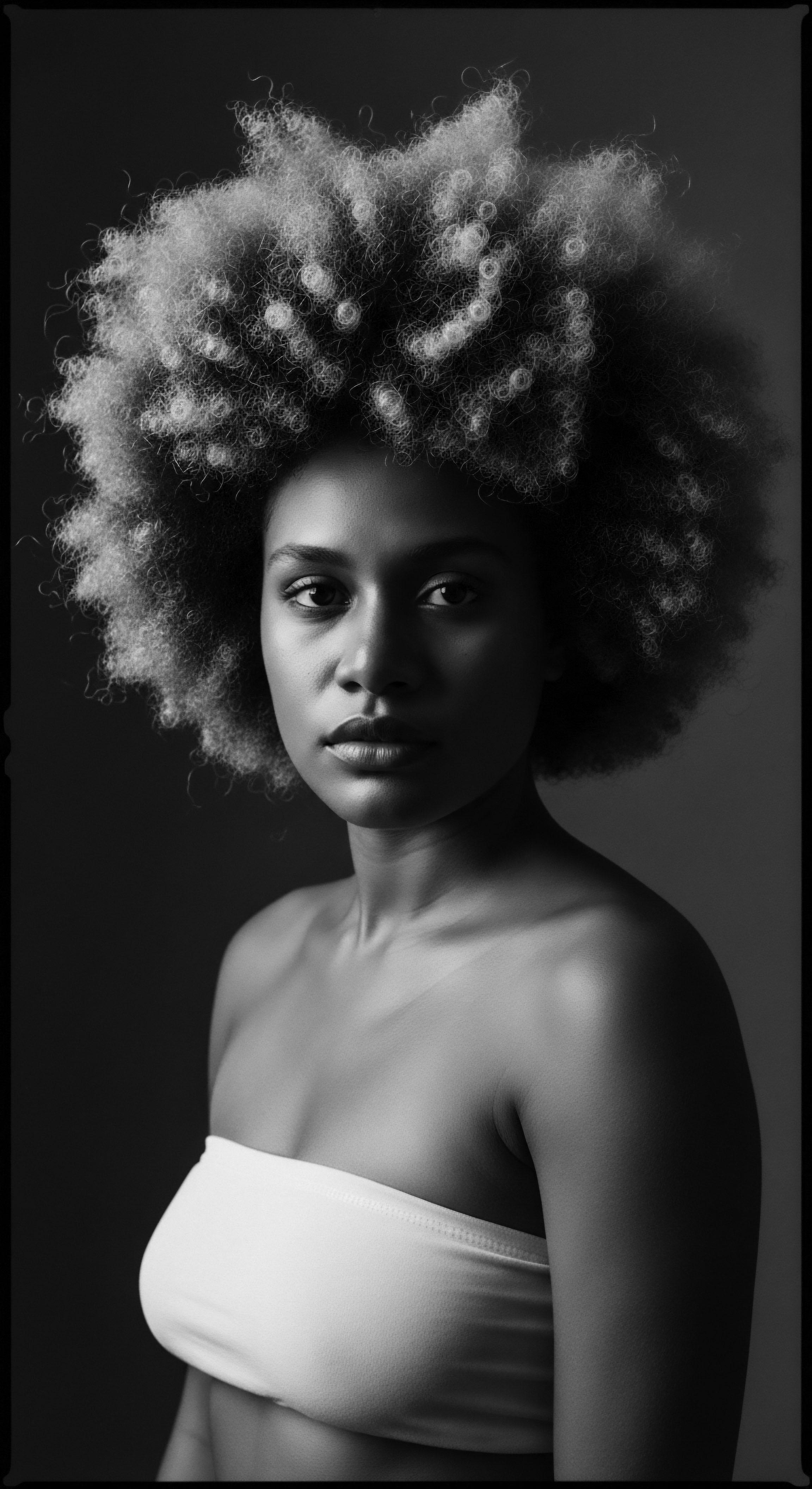
Reflection on the Heritage of Textured Hair Norms
As we gaze upon the intricate pathways of Textured Hair Norms, we discover a narrative far grander than mere strands and styles. It is a story whispered through generations, a testament to resilience, creativity, and the enduring power of identity. The care of textured hair, for Black and mixed-race communities, has always been more than a routine; it is a ritual, a connection to an ancestral wisdom that understood the hair as a vital aspect of being, a crown, a medium for communication, and a repository of history itself.
Every curl, coil, and wave carries within it echoes from the source, living traditions of care, and the promise of an unbound future. The understanding gleaned from examining these norms allows us to witness how hair, a biological marvel, becomes a vibrant cultural artifact, constantly shaping and being shaped by human experience.
From the communal braiding circles of ancient Africa, where bonds were forged and stories passed down through meticulous touch, to the defiant beauty of tignons that transformed oppressive decrees into sartorial triumphs, the heritage of textured hair speaks volumes. It speaks of survival, of a refusal to be diminished, and of an innate capacity to find beauty and strength in the face of adversity. The journey through the ages shows us that the impulse to adorn, protect, and express through textured hair is not merely a trend, but a deeply ingrained cultural imperative.
The current dialogue surrounding hair discrimination, culminating in legislative action like the CROWN Act, brings this historical struggle into the present, affirming that the right to wear one’s hair naturally is a fundamental aspect of self-determination and cultural pride. This is not just about hair; it is about honoring the lineage, the wisdom, and the unbreakable spirit woven into every hair journey.
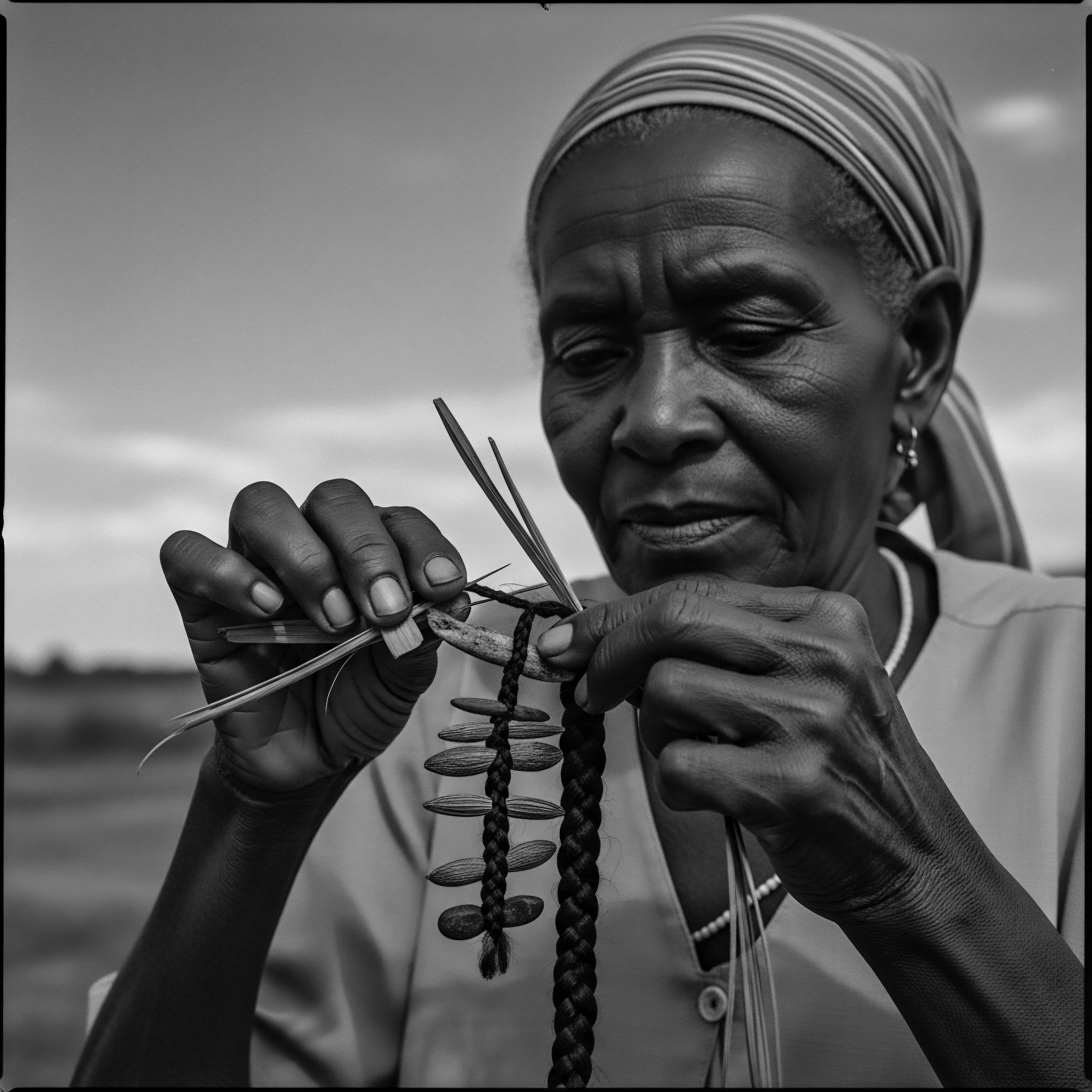
References
- Byrd, A. D. & Tharps, L. R. (2014). Hair Story ❉ Untangling the Roots of Black Hair in America. St. Martin’s Press.
- Chapman, A. (2014). Hair It Is ❉ Examining the Experiences of Black Women with Natural Hair. Journal of Black Studies, 47(8), 872-888.
- Doss, A. (2017). African American Personal Presentation ❉ Psychology of Hair and Self-Perception. ResearchGate.
- Gould, V. M. (1998). Chained to the Rock of Adversity ❉ Free Women of Color in New Orleans, 1791-1860. University of Georgia Press.
- Kambon, K. K. K. (1992). The African Personality in America ❉ An African-Centered Framework. Florida A&M University Press.
- Long, C. (2016). The Tignon Law ❉ How Black Women in Louisiana Turned Oppression into Fashion. Louisiana History, 57(3), 301-324.
- Omotos, A. (2018). African Hairstyles ❉ Cultural Significance and Legacy. Journal of Pan African Studies, 11(7), 1-17.
- Patton, T. O. (2006). Hey Girl, Am I More Than My Hair? ❉ African American Women and Their Struggles with Eurocentric Standards of Beauty. Journal of Black Studies, 36(6), 724-743.
- Rueben, S. (2021). What Every Dermatologist Must Know About the History of Black Hair. Cutis, 108(5), 329-332.
- Weitz, R. (2004). Rapunzel’s Daughters ❉ What Women’s Hair Tells Us About Women’s Lives. Macmillan.
